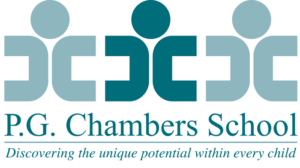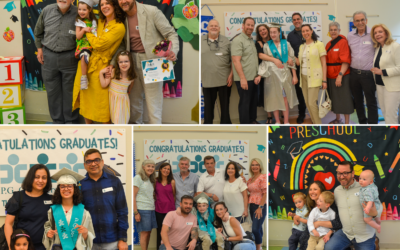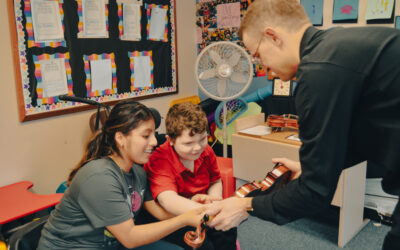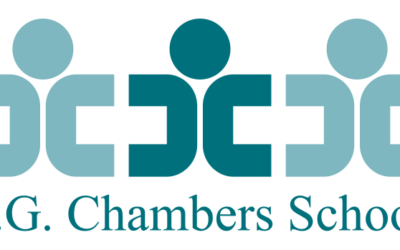Let’s Talk…AAC and more
By Jennifer Jacobs, M.S., CCC-SLP
“This I believe…” (This I Believe is a series done on Morning Edition on National Public Radio.) posted by Kate Ahern.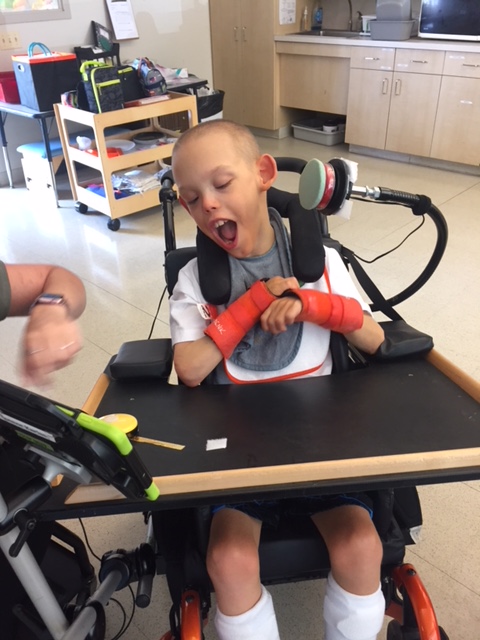
I believe my students can.
Can understand.
Can learn.
Can achieve.
Can beat the odds.
Can surpass plateaus.
Can communicate.
Can reach for the stars.
And grab them.
I believe my students deserve:
Deserve a chance.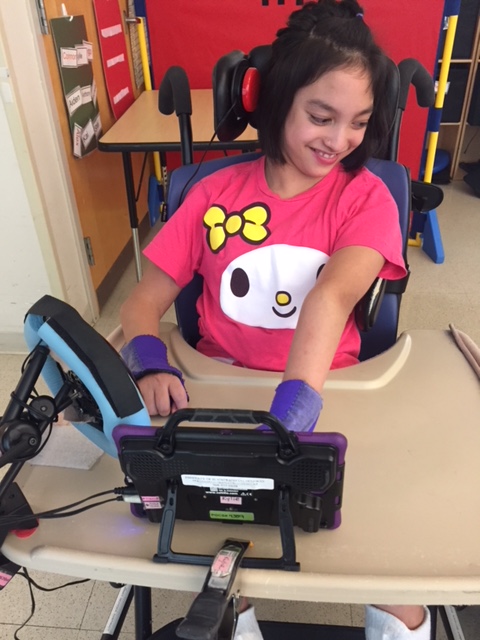
Deserve the presumption of competence.
Deserve the benefit of the doubt.
Deserve high expectations.
Deserve to spend time enjoying friendships.
Deserve to make mistakes.
Deserve to tease and be teased.
Deserve to be in their community.
Deserve a bad day. And lots and lots of good ones.
Deserve a life that is more that yes, no and constant assessment.
Deserve a highly qualified teacher.
Deserve a say.
Deserve to be heard.
Deserve literacy.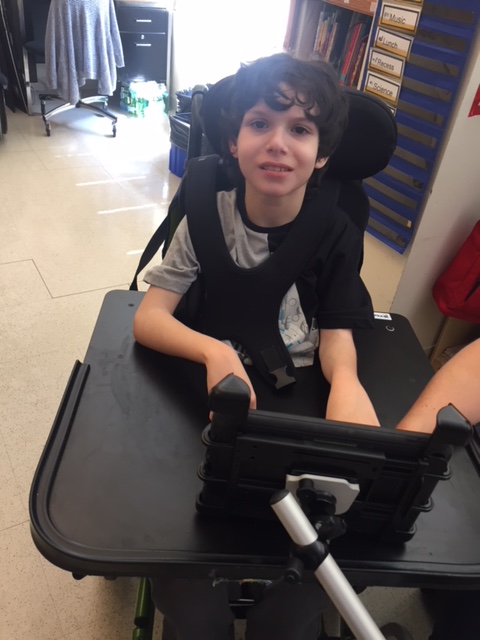
Deserve health.
Deserve joy.
I believe a difference can be made.
Through kindness.
Through connection.
Through dedication.
Through research and scholarship.
Through constant rededication to quality teaching.
Through entering that classroom every day and teaching like lives depend on it.
Because they do.
“I believe…” by Kate Ahern is a reminder that every child deserves presumed potential in their life, with communication and AAC. Every child has something to say. AAC is an acronym you may have heard, but what does it stand for and more importantly what does it mean? Augmentative and Alternative Communication (AAC) is used to help people express themselves. It is a term used in relation to children and adults who need support or strategies to help them communicate. These strategies help augment their speech or are an alternative mode to speaking. An estimated 1 in 100 people have significant communication difficulties and might be helped by some form of AAC (Communication Matters, 2015).
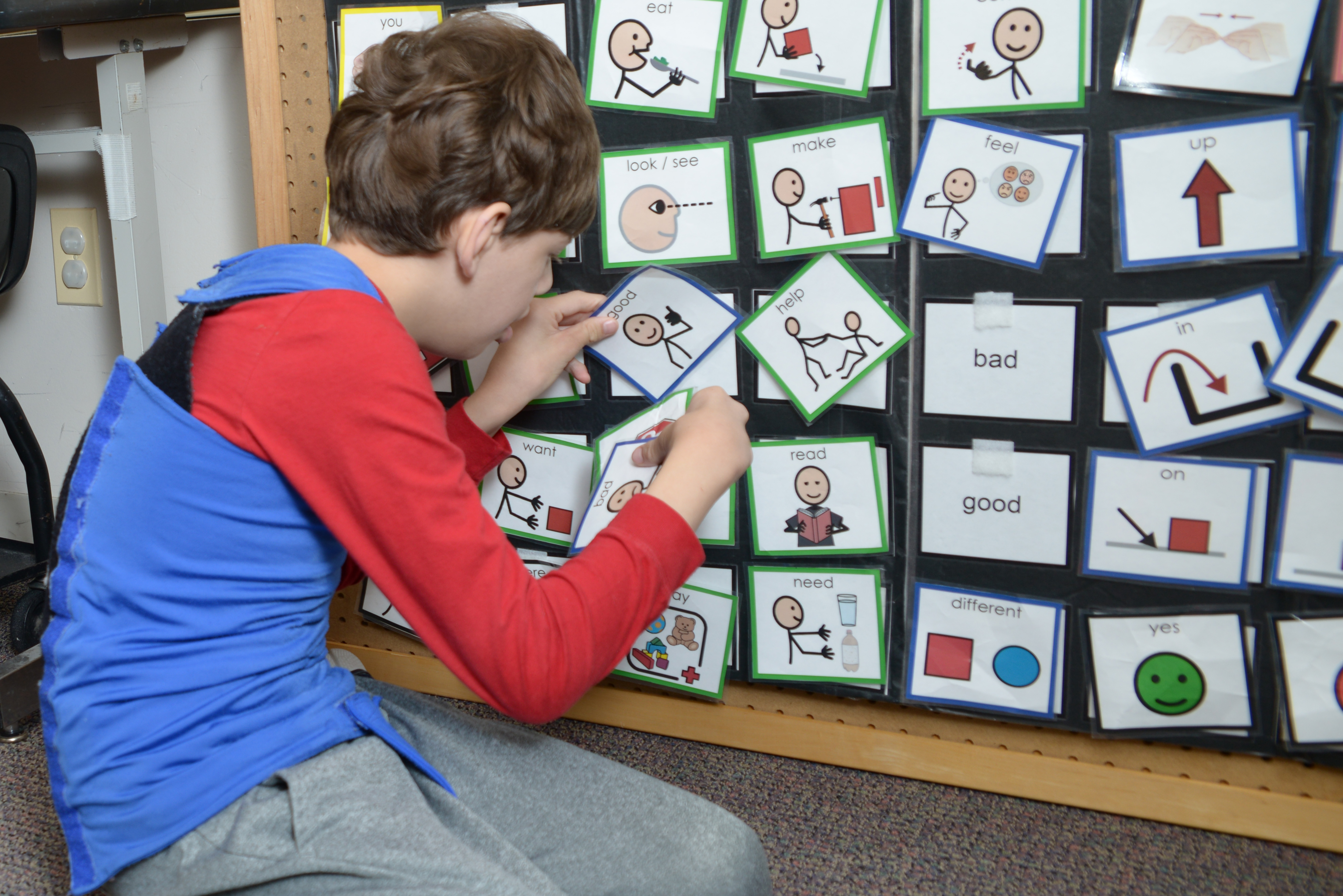
We use AAC every day. We use AAC to gesture “hello,” to point to something we’re looking at, or to write a message. Unaided communication is always with us and includes gestures, body language, facial expressions, vocalizations and sign language. Aided AAC is a continuum, which ranges from low/light tech to high tech. Low/light tech devices do not need a battery and can include objects, picture symbols, photographs, or picture symbol books. Mid-tech devices refer to voice output that is static or does not change. Examples include Step By Step switches (e.g., single or multiple message button that records your voice) and Go Talk devices (e.g., static display that records your voice). High-tech communication systems need power, are dynamic where the screen changes, and can be tablet based or designed specifically for communication.
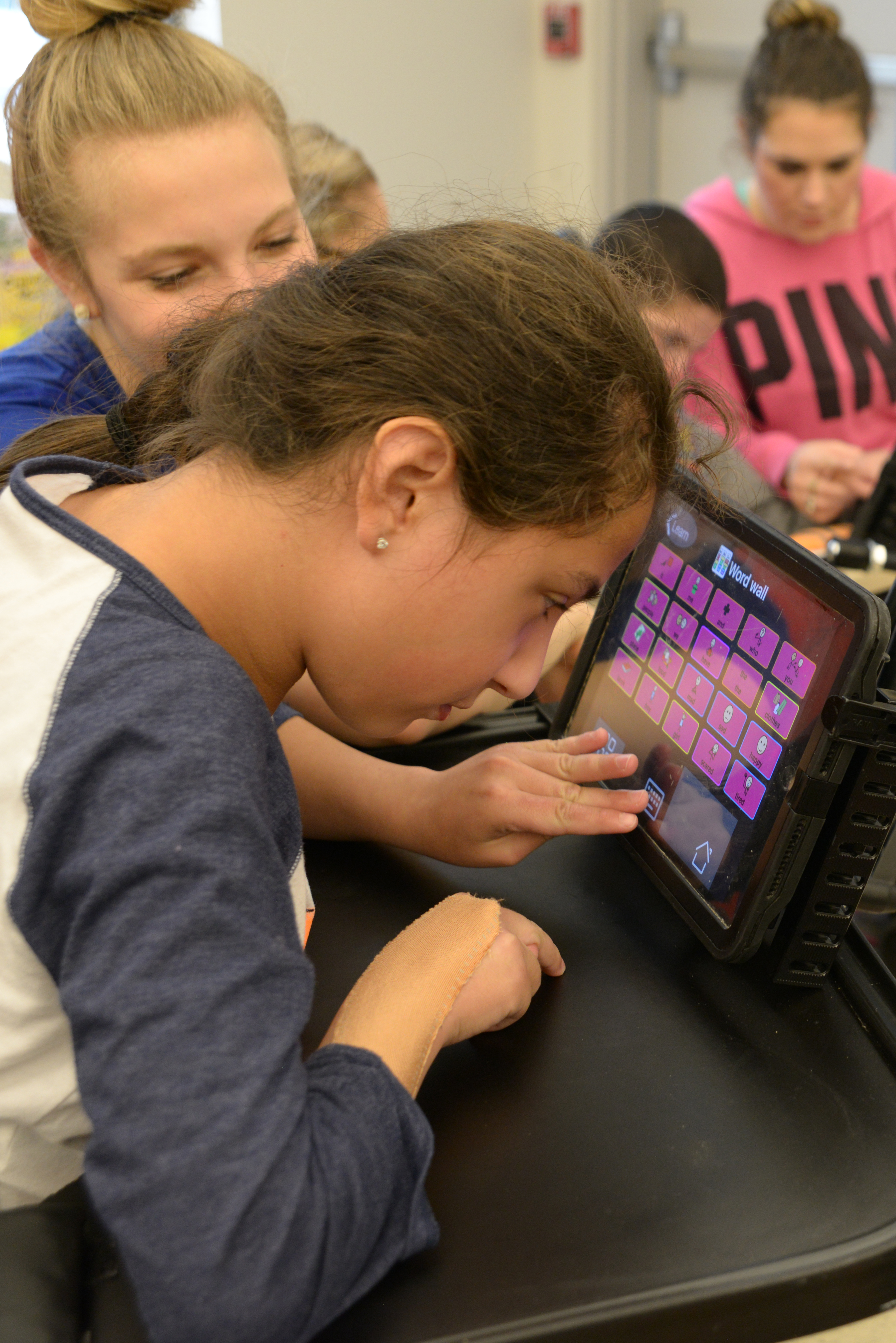
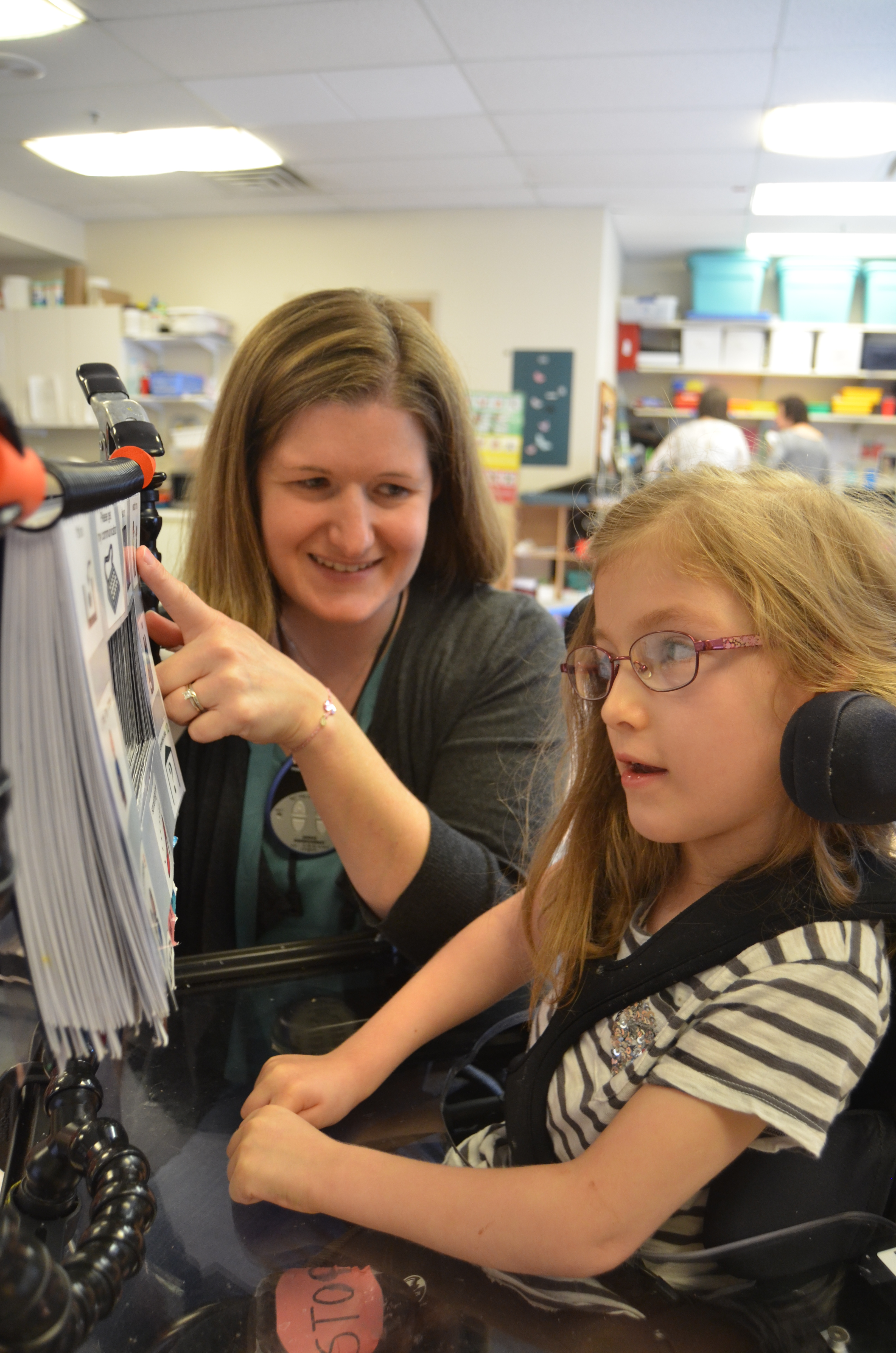
There is not a ‘best’ type of AAC system. Each system has its own pros and cons; the most suitable one for an individual will depend on their abilities, needs, and personal preferences. Many people even have more than one AAC method. There are many options so always speak with your Speech Language Pathologist and school team. At P.G. Chambers School, we make it our goal to find the “CAN” and presume potential for every student. We believe that all children have something to say and our goal is to help them find a means to share their voice.
Stay tuned for the next post in this series, “Let’s Talk…AAC and more” when we will discuss effective strategies for using Augmentative and Alternative Communication and future posts on using AAC at home.
